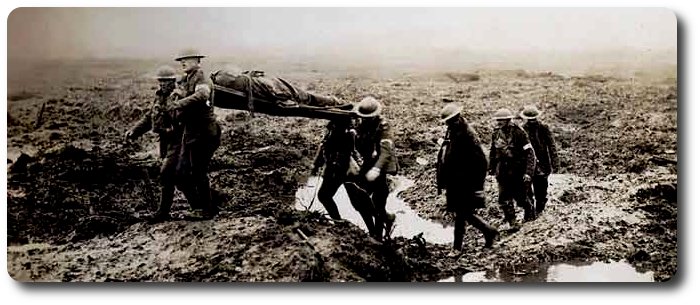Topic: Military Medical
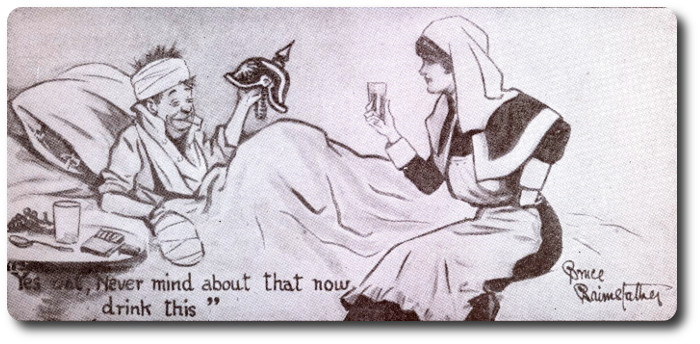
Believe the War Will Be Humane (1914)
US Army Surgeons Point to Advances in Surgery
Methods Bar Cripples—Amputations Fewer Than before but Instant Death Common
Kentucky New Age, Hopkinsville, Kentucky, 24 August 1914
The prevention methods and improved sanitation arrangements which have developed within the last generation in the armies of the world are generally regarded as even more important than the treatment of the wounded.
United States Army surgeons and New York stations agree that the impending European war will be settled in much shorter order than most persons believe possible, and that it will be the most humane ever waged. There will be no lengthy mortality list from disease, and no army of cripples will result, they are convinced.
Recent advances in surgery and sanitation will be the cause. The high power quick firing military rifle and the development in artillery will however tend to make the mortality list greater than in any previous war. Those who die will die quickly. Deaths will be due to accuracy, long range and rapid firing, and not to disease or infected wounds.
"Gangrene and infection," declared an army surgeon who is recognized as an authority, "will be practically unknown qualities in the wars of the future."
Until the Russo-Japanese war black powder and a large calibre bullet comprised the ammunition of the armies of the world. The bullets were of unsheathed lead, greased to overcome friction in the barrel. Their muzzle velocity was less than one half that of the missiles in arms now employed.
Up to that time bayonet and sabre charges, prolific of hideous and dangerous wounds, were common. Such charges are now considered medieval. The bullets now used are of less diameter than the ordinary lead pencil and are jacketed with steel, nickel or lead. They have a tremendous velocity and low trajectory.
Wounds from the old time muskets and military rifle, with their soft, mushrooming bullet, resulted in shattered bones and crushed flesh. Infection of gunshot wounds was almost inevitable. A wound in the abdomen was necessarily fatal. The death rate from wounds was enormous.
Nowadays, with military rifles such as all the great powers use and the degree to which surgery has advanced, a soldier may be shot through what once was regarded as a vital spot and walk unsupported to the field hospital at the rear. Such cases are on record.
Great Britain uses the Lee-Enfield rifle, caliber 7.7 mm., the bullet coated with cupro-nickel. French soldiers are equipped with the Lebel rifle, caliber 8 mm., with bullets coated with nickel. Germany employs the Mauser rifle, caliber 8 mm., with bullets steel and copper coated. Russia uses Mosin-Nagant rifles, caliber 7.62 mm., with bullets cupro-nickel coated. Austria's small arm is the Mannlicher, caliber 8 mm., with a steel sheet coat over the bullet.
Beyond 350 yards the wounds inflicted by such bullets are clean cut frequently passing through bone tissue without splintering. The arteries are seldom injured by such wounds which were formerly fatal, or at least necessitated amputation, are now healed without such an operation. Formerly a bullet wound through a joint such as the knee or elbow, necessitated the amputation of the limb. Now such a wound is opened and dressed and healed without amputation.
Russia, which once lagged behind the other great powers in medical and sanitary efficiency, learned a lesson in her war with Japan.
Russia, France, Great Britain, Germany and Austria now use vaccine to combat typhoid, once the fatal scourge of every campaign.
All these nations have been busy in the last twenty years building up a fine medical corps. Their hospital services employ the latest ideas in army sanitation, many of them copied from the hospital service of the United States army. The hospital corps are composed of especially selected men trained in caring for the sick and wounded, as well as in preventive work.
Every army division is supplied with four field hospitals, each capable of caring for 108 patients. There are also two evacuation hospitals with a capacity for 700 each, for each division. These may be from twenty-five to fifty miles in the rear of the army and it is from them that the more seriously wounded are shipped back to the hospitals at home.
Besides the hospital corps, which has bearers on the field of battle ready to rush the wounded back to the field hospitals, each officer in the American and European armies is instructed in first aid treatment, so that there need be no delay in caring for the wounded and no excuse for allowing infection to set in, even in the heat of battle.
The prevention methods and improved sanitation arrangements which have developed within the last generation in the armies of the world are generally regarded as even more important than the treatment of the wounded. In the Civil War eight soldiers died of disease to everyone who succumbed to wounds. Experts have figured that in the European war not more than three will die of disease to one killed in battle.
The camp pestilences have always been typhoid and dysentery. Until about fifteen years ago the causes of these diseases and the prevention were not known. Now both have been ascertained and are effectively fought. The typhoid germ is attacked by vaccination and the dysentery parasite by sterilizing drinking water.
During the Spanish war there were 20,000 cases of typhoid among the American soldiers in less than three months. About 1,600 deaths resulted. Now, with an army of 80,000 about half that number in the field during the Spanish war, one case of typhoid is not reported in a year.
Neglect of proper sanitation precautions is now regarded by every world power as suicidal. History shows that the fate of nations and dynasties may hang upon sanitation. In 1792, when the disciplined Prussian troops marched to the relief of Louis XVI, they were met and repulsed by the raw levies of the young republic. The report of Gen. Du Mouriez, the commander of the French troops shows beyond a doubt owing to neglect of ordinary sanitary precautions pestilential dysentery had attacked the Prussian army and rendered it unfit for service.


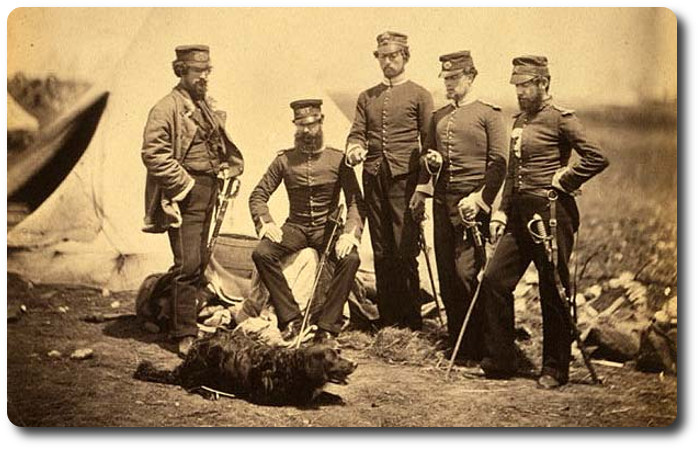

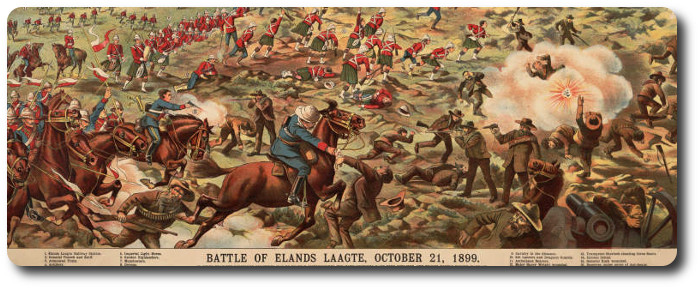
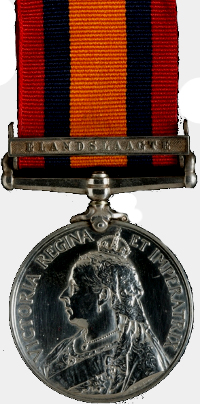 The following extract is from the letter of an officer who was shot by a Boer at Elands Laagte while protecting another Boer who had surrendered. After describing how he was "knocked over" from behind, he says:—
The following extract is from the letter of an officer who was shot by a Boer at Elands Laagte while protecting another Boer who had surrendered. After describing how he was "knocked over" from behind, he says:—